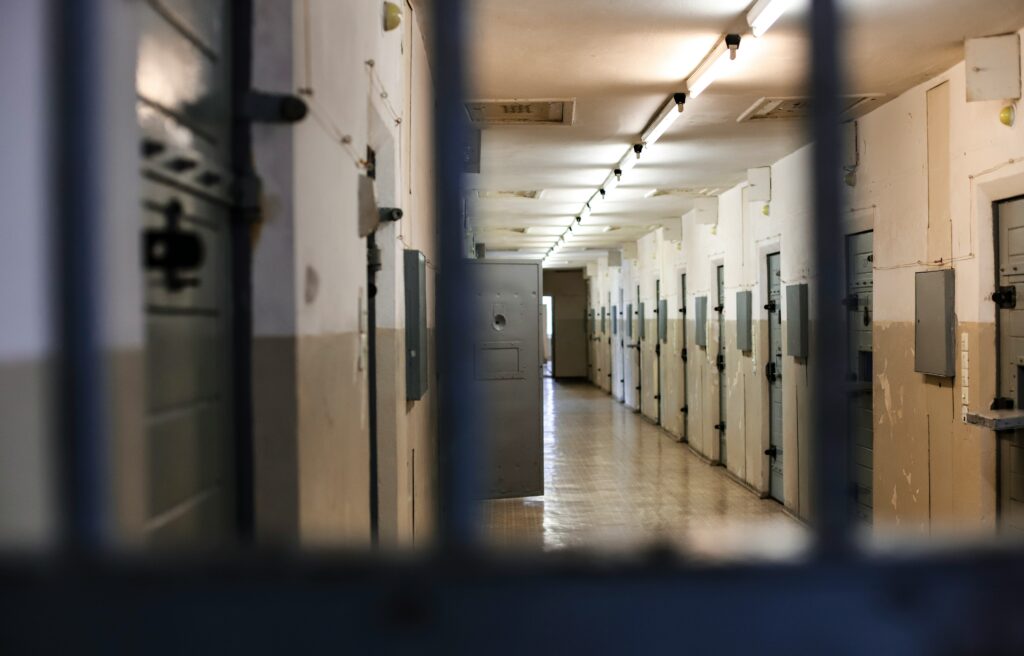As the southern hemisphere edges towards winter, the temperature has started to drop across Western Australia.
But the past 3 months have been the warmest ever recorded for the world, and temperatures are expected to remain high in summers to come.
While most West Australians have an air-conditioned sanctuary to ride out the heat, not everyone is so fortunate.
EXPOSED TO THE ELEMENTS
With an increase in heatwaves predicted in Western Australia over coming years, keeping cool will be vital.
But for people experiencing homelessness or housing vulnerability, finding respite from the heat is no easy feat.
A 2021 review of current research found homeless populations are disproportionately exposed to extreme heat and cold.
The health effects of this exposure were revealed in a study conducted in Adelaide that found 79% of people sleeping rough during a 6-day heatwave experienced one or more heat stress symptoms.
Homelessness advocacy group Shelter WA claims the homeless population will have increased vulnerability to climate change and climate events as WA experiences an increase in temperatures.
One long-term solution to reducing the impact of climate change on this vulnerable population is to improve access to housing.
But even those who do have a home are finding it is not always a cool living arrangement.
RISING HEAT FOR RENTERS
Between December 2023 and February 2024, around 100 Australians took part in a citizen study to determine just how hot rental properties are during summer.
The Cruel Summers report by Better Renting found Western Australia came out as the second-hottest state in the nation, with rental homes here averaging 16 hours a day above 25°C and almost 3 hours a day above 30°C.
To put this into context, the World Health Organization recommends indoor temperatures remain between 18°C and 24°C.
Better Renting Executive Director Joel Dignam says this extensive heat is a premonition of what’s to come.
“Rental properties are legitimately just becoming less liveable every year in summer,” Joel says.
“Those longer heatwaves, those hotter heatwaves, those hotter nights … are going to be putting people under particular stress.
“While homeowners have the option to invest in air conditioning and solar, renters don’t have that option.”
The inability to cool a rental property can also put lives at risk.
“With future heatwaves, they’re predicted to last longer, so instead of 2 days of heat and then your body gets the chance to recover, it might be 5 days of heat,” Joel explains.
“When you have hot nights and that’s been sustained for a few nights in a row, that’s when the mortality is most dangerous.”
In 2009, a heatwave gripped Melbourne at the end of January, which the Victorian Government believes was responsible for the deaths of more than 340 people.
A report investigating this tragic heatwave found that, if existing low energy star-rated houses were upgraded, the mortality rate in a future, more intense heatwave could reduce by 90%.
According to Joel, the window of opportunity to prepare housing for future heatwaves is shrinking.
“Unless we change the energy performance of our housing, we’re probably going to see a doubling in mortality by 2050 because of the impact of climate change,” Joel says.
“This is a public health measure – making sure that we are preparing our housing to keep people safe in their homes during heat events.”
But it’s not just renters feeling the heat.
PRESSURE ON PRISONS
The impact of living through high temperatures with no cooling solutions is also being felt in WA’s prison system.
In 2015, the state’s Inspector of Custodial Services determined prisoners were an at-risk group for temperature-related illnesses, with a third of prisoners having a chronic health condition.
Despite this, conditions in WA’s prisons have been in the spotlight over the past few years – particularly in summer and in the north of the state.
The town of Roebourne in WA’s Pilbara is world-renowned as a hot location, with the highest daily maximum recorded this summer reaching 49.5°C in December.
On the town’s outskirts is Roebourne Regional Prison, which houses roughly 200 prisoners. In January 2022, when temperatures soared above 50°C, it was revealed there was no air conditioning in the penitentiary.
And the regional prison is not alone.
In February this year, a similar revelation was made about the juvenile prison wing at Perth’s Casuarina Prison.
Teenage detainees in Unit 18 reportedly did not have access to AC or a fan, despite temperatures reaching above 40°C for multiple days.
Now, the heat is on the WA Government to address the lack of air conditioning not just at Roebourne but at all of the state’s prisons.
ADVOCATES CALL FOR ACTION
After the events at Roebourne in 2022, the WA Government committed $10 million to install air conditioning at the regional prison.
Nearly 16 months later, it’s still without AC, and Aboriginal Legal Service of WA CEO Wayne Nannup is extremely concerned.
“Given record temperatures following extreme heat in the Pilbara this summer, the relentless heat places the lives of inmates at great risk,” Wayne says.
“[The WA Government] needs to find a way, and quickly, to ensure that air conditioning is installed as a matter of urgency,” he adds.
“WA cannot continue to wait and watch as the inmates stay locked up in such unacceptable, inhumane and life-threatening conditions.”
Pressure is also mounting on the WA Government from groups like Better Renting to investigate long-term solutions for renters.
“We’re keen to highlight the challenges renters have here and to call on governments to look at what they can do about it,” Joel says.
“I’d much rather governments be doing something now than when we have a heatwave that will kill many people and we have a reactive approach.
“We have an opportunity now to be on the front foot, and there’s only so many chances we’re going to get before things do get pretty bad over a summer.”












